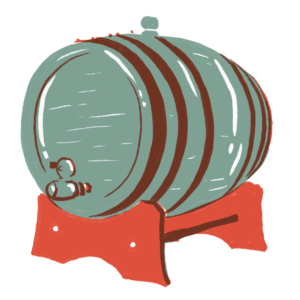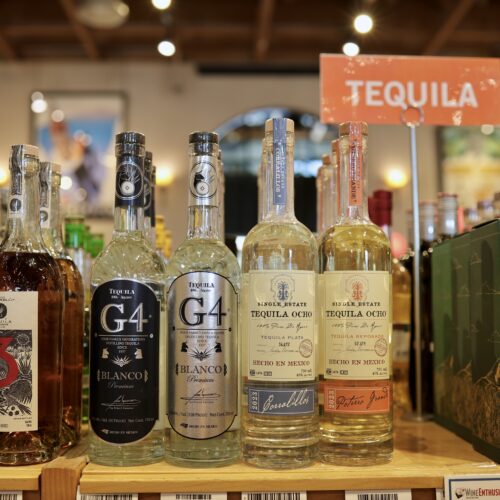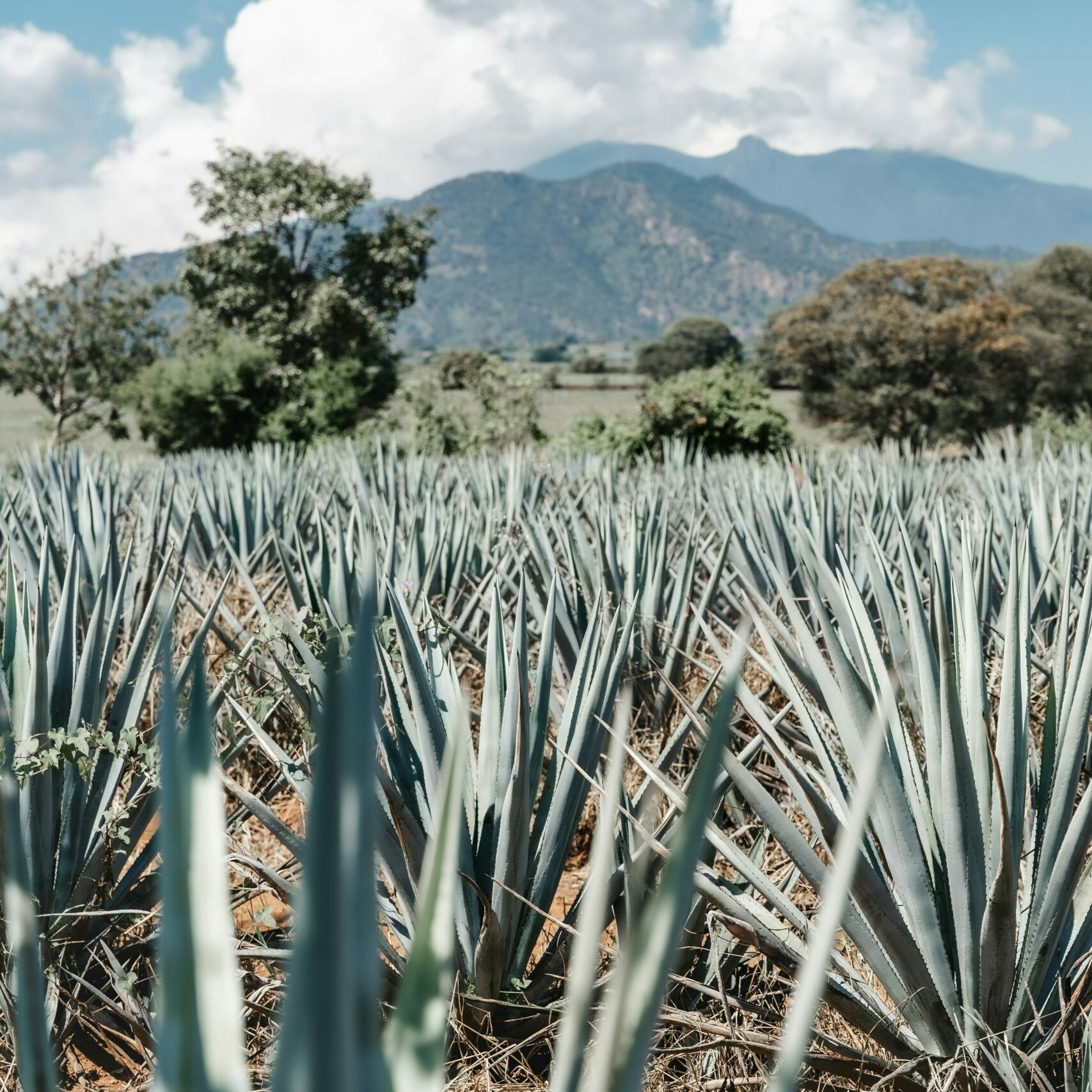
Jake Rollin
Jake (he/him) can be found primarily working in the Beer and Spirits departments, though he occasionally dabbles in Wine. He loves helping customers brainstorm ideas for new and interesting cocktails (ask him about his Caprese Sour cocktail), and talking all things whiskey. His fridge is stocked with a healthy combination of local hazy IPAs, Belgian beers, and Riesling, and he has an ever-growing whiskey collection.
100% Agave: a term we often see on tequila bottles boasting a product made using only Blue Weber Agave. Here’s the issue: 100% agave tequila can still contain additives. In fact, tequila can contain up to 1% by weight in various additives and still boast 100% agave on the label.
These additives come in the form of sweeteners, flavorings, and colorings, all to create a product that is more easily marketable to consumers, and ultimately, more profitable.
Additives don’t necessarily make a product good or bad, but do raise the question of “why?” In this blog we’ll dive briefly into what additives are, why they’re used, and what additive free options are available.
 Additives have been used in tequila since the mid 1800’s when agave plants suffered a blight that was producing faulted tequila.
Additives have been used in tequila since the mid 1800’s when agave plants suffered a blight that was producing faulted tequila.
Today, only four types of additives can be used, though the concentration of these additives is unregulated. The four types include caramel coloring, oak extract, glycerin, and flavored sugar syrups that are made with both agave nectar and artificial sweeteners like aspartame.
As tequila sits and ages in a barrel, it extracts color (and flavor) from the wood. Caramel coloring is used to make aged tequila appear older than it is. Caramel color allows producers to make their 3-month aged tequila look more like a 12-month aged tequila.
Oak extract can also contribute to color, but mostly helps to contribute flavors that are generally added to the tequila through the barreling process. If you’re drinking a blanco tequila, which can only be left in oak for a maximum of 60 days, and you get strong vanilla notes, that’s usually a good sign that oak extract is present.
contribute flavors that are generally added to the tequila through the barreling process. If you’re drinking a blanco tequila, which can only be left in oak for a maximum of 60 days, and you get strong vanilla notes, that’s usually a good sign that oak extract is present.
Glycerin is a chemical with a syrup-like consistency and mild sweet taste. It’s used in tequila as a way to add body to the final product. Glycerin can also dull tastebuds by temporarily coating them, thereby hiding harsher flavors, and creating a smoother drinking experience.
Finally, flavored sugar syrups known as “jarabes” can be used to sweeten the final product, as well as add fruit and herb flavors.
I want to stress this again, the use of these additives does not inherently make one product better or worse than any other, it’s just something to note when choosing between products.
So, what are some additive free options?

Tequila producers can apply to be certified as an additive free product. This means that those tequilas are 100% Blue Weber Agave, and that’s it. We at France 44 have tried to make it as easy as possible for you to find additive free tequila by putting all of the certified brands next to each other.
Staff favorite brands include Siete Leguas, Mijenta, Arette, G4, and Cimarron. These producers let the agave, terroir, and their own distilling practices speak for themselves. So, next time you’re looking to grab a bottle of tequila, consider grabbing one that’s certified additive free, and see what 100% agave tequila is truly all about.
